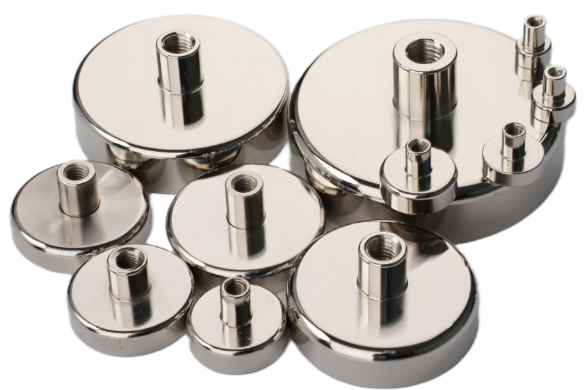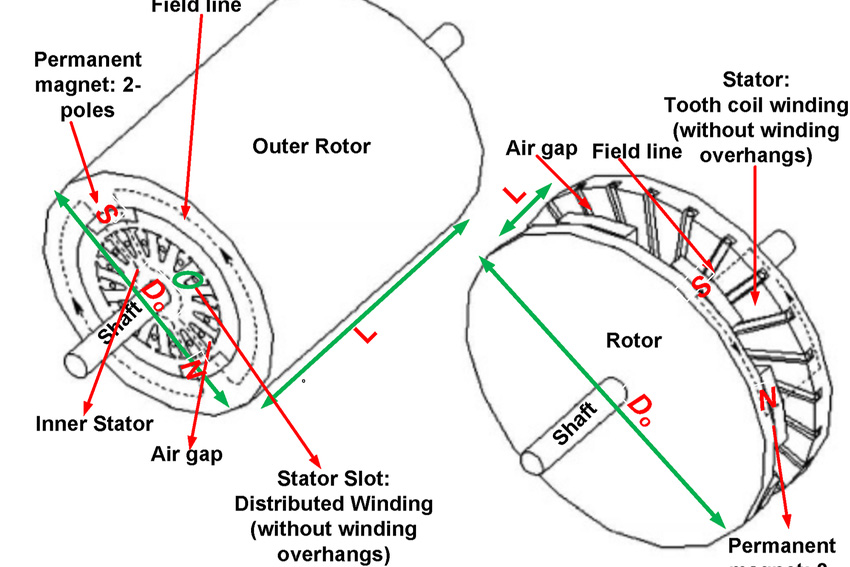Too many wind turbines causes "dirty air"
The plethora of wind farms added to the U.S. power grid in recent years clearly indicates the rapidly growing demand of wind power. But it is important to know what number is the limit. The scientists believe that with so many turbines running, they might start to lose power instead of generating as they begin to steal the wind created by each other. This is similar to the experience that is faced by the sailboat captains. If the sailing is done directly downward of another boat, then there is a slowdown. This phenomenon is known as "dirty air". The reason behind it is that the lead boat tends to create a stormy twister of air behind it when the wind spills as the boat sails. If there is "dirty air" it means there is less power. In a Similar fashion the blades of wind turbines produce dirty. Scientists have designed computer replications to understand what happens at huge wind farms. It is reported that if the wind power is to be increased to supply a major fraction of the energy demand of the world, then these "dirty air" effects will be a matter of concern but exactly how much it will matter is still unknown. This scenario has almost become a riddle for the atmospheric scientists. One must ask when the wind is so "dirty" then what is the point in building an additional turbine? In order to reach the capacity point, vast wind farms have to be present with thousands of square miles full of turbines. Currently there are 45,000 big turbines in the U.S. and that is not at all problematic. According to the calculations of the atmospheric scientist Mark Jacobson, millions of turbines are required to get the serious amount of wind. As more and more wind farms will be set up, the complications will definitely increase. Currently, wind fulfils about 3.5 percent of the electricity requirement in the U.S. According to the wind association, the goal is to raise that to 20 percent by the year 2030. This implies that 75,000 more wind turbines are required. Therefore, it is important to place the machines at a reasonable distance, to avoid this phenomenon.















